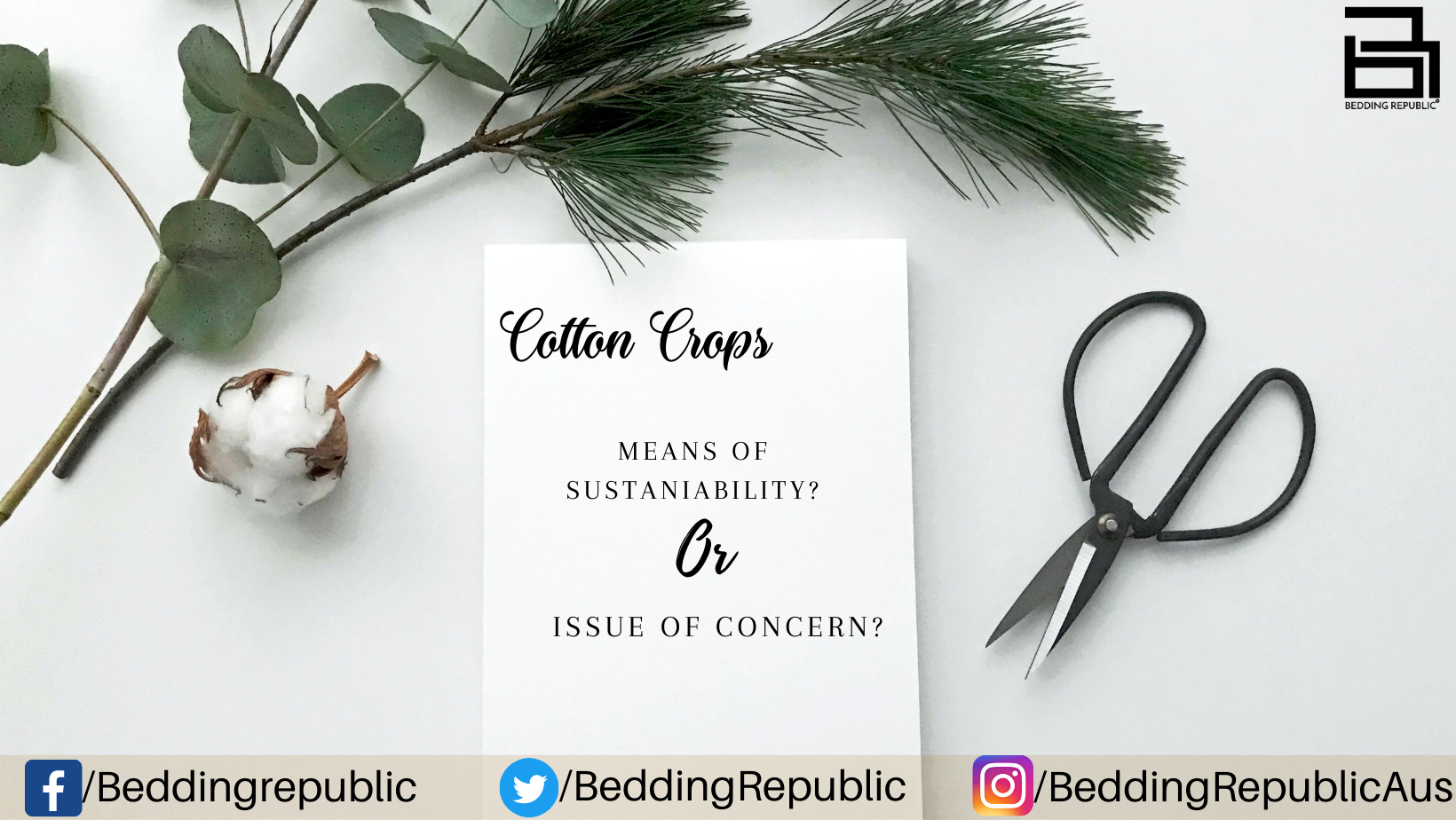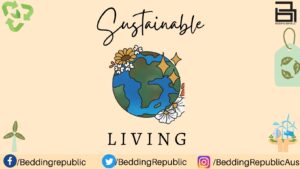What does your mind picture when you hear the word cotton? Most of you just found yourself surrounded by pure and soothing vibes, imagining the blossom fields of cotton. The characteristic that natural fiber holds is undeniably the best. We might even fail to express how they take care of us as we will surely be at a loss for words. Today, the most widely used natural fiber and in high demand, around the world is cotton. Before the final picture is put to screen, the production house prepares a good structure plan, which is comprised of cacophony. To keep cotton pure and natural it is made sure that every step in the manufacturing process is taken well care of.
A white fluffy ball is a means of sustainability to the world. However, the conventional crops are assisted with synthetic fertilizers, bringing in the chemicals. Let us have a look at whether it is better or an issue of concern:
“OTA Concern”
With cotton being the most widely used crop, it is said to be the ‘dirtiest crop’ by Organic Trade Association (OTA). Do you know how much percentage of cotton production contributes to consuming the world’s pesticides? About 25%. You must be shocked by the figure, but it is true. Cotton brings in a flood of benefits but the conditions it can worsen cannot be overlooked. These pests can harm the land, the soil, the waterways, and can even inflict the animals.
This indicates that not only the environment is at stake but the people as well. The attack on the waterways can make the water contaminated and thus, causing health issues. OTA is right at the concern. The concern does not lie in just one place, it captures all the aspects. The ratio of the aspects is high. The land being destroyed by pesticides might not be usable again, and the drinking water has pests in it, making it harmful to be even used. Therefore, it is hard under these conditions to sustain the organic means of growing cotton.

“Crops Need To Quench Their Thirst”
Cotton crops are known to be thirsty crops. They need more than 264 gallons of water to bring life into one textile merchandise. Not just for the manufacturing process, the crops need water to grow. With growing concerns regarding the shortage of water, it will not be easy to continue growing cotton under organic means. The world is already suffering a lot. This will only be an add-on to the suffering. It will not lessen any burden. The current environmental situation has put some serious strain on how we can reserve water. Therefore, managing organic means of growing cotton seems to be an inapplicable means to continue with.
The situation is known to all. The world is in dire need of this necessity. Living being should be the priority, everything else is secondary.

“ORGANIC COTTON COMES AS A SAVIOR”
“Objective- Environment Sustainability”
Organic cotton crops are a means of saving the world. They will provide the best of facilities and will be a savior for the land and people. There is zero involvement of pests, and the production continues with fewer resources. It saves for all the alarming issues that conventional cotton brings with it including contaminated water, land, health issues, and others. Global Organic Textile Standard has given their word regarding how safe it is and enhances life. Therefore, this indicates that kick the synthetic materials and continue with the process of growing organic cotton with organic means.

“Hence, the answer whether we can sustain global consumption on organic means of growing cotton can be found in aforementioned concerns”
Global consumption can be sustained. With growing, concerns of people regarding the environment will help them understand that it is better to pay the expense once than to be overpowered by the synthetic products and the issues it brings with them. Organic cotton is friendly and will not be mean harm to anyone.




